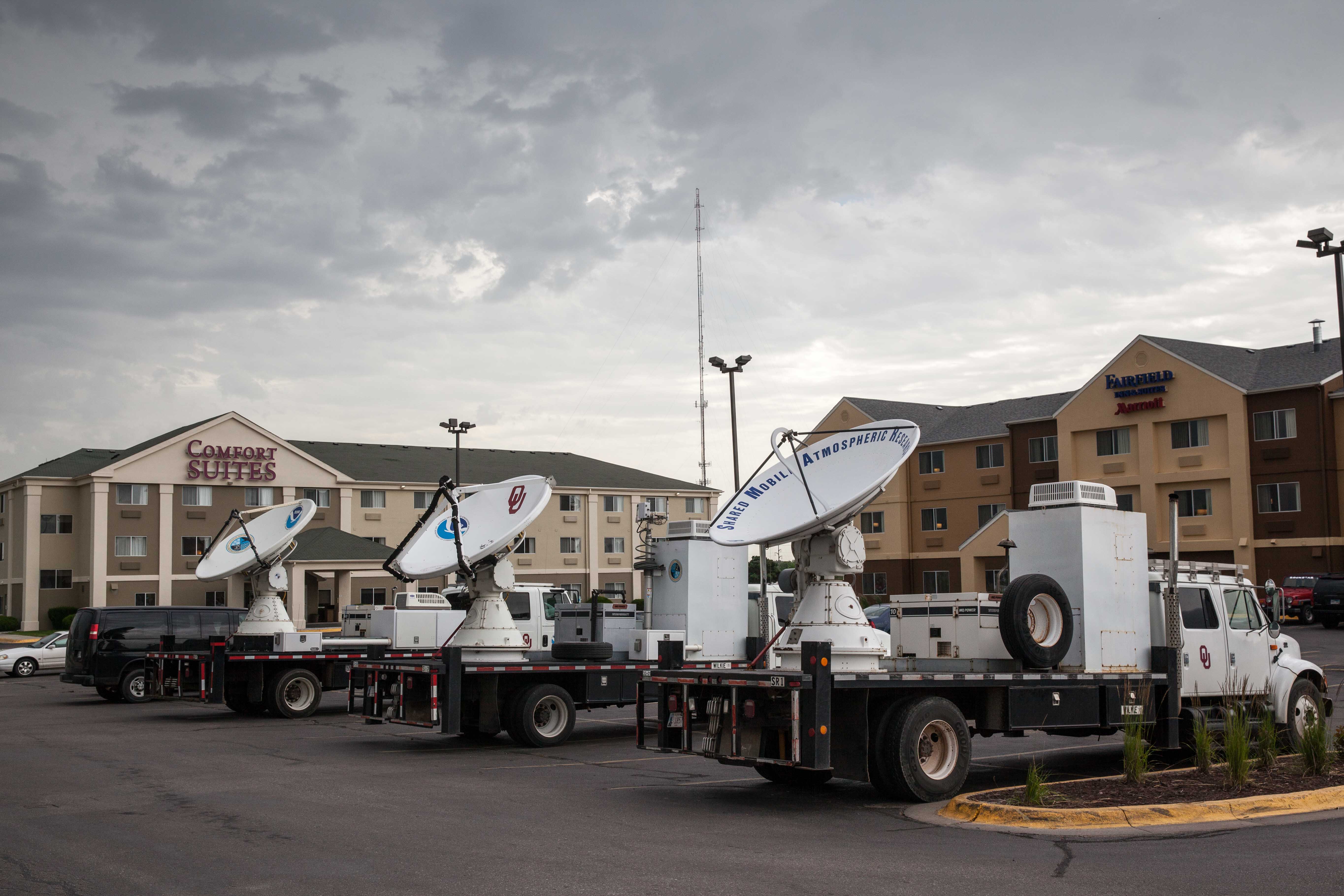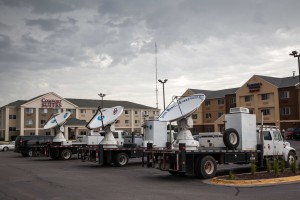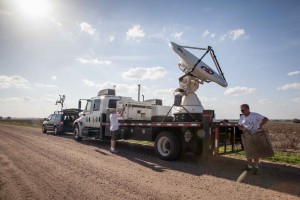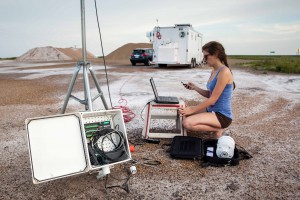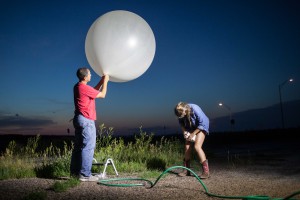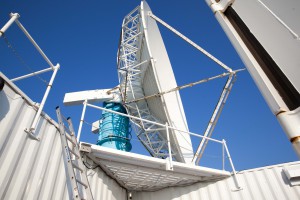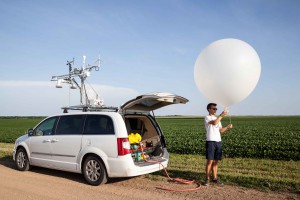By Lizz Giordano
The weather research teams waited anxiously for the nighttime storms to appear over the Great Plains. Scientists know very little about how the storms form but they do know how the rainfall from these storms sustains lives, property, agriculture and water resources. So the National Oceanic and Atmospheric Administration (NOAA), NASA and more than 100 scientists gathered this summer in Kansas with truckloads of gear to study nocturnal thunderstorms that bring a majority of the summer rainfall to the Great Plains.
Daytime and nighttime storms require the same components to form. But at night, after the sun sets, the ground cools and the air becomes more stable. This creates conditions that are less favorable for the formation of thunderstorm. Convection – the instability of warm air rising and cool air sinking – is key to thunderstorm formation. With the Plains Elevated Convection at Night (PECAN), project scientists are learning what triggers these nighttime storms.
I had a front row seat to the action, spending countless nights in the field with different weather research teams. I captured their search made with weather balloons, hurricane planes and mobile radar trucks.
(Click on any photo to begin the slideshow.)
Photo at top: Researchers parked their mobile weather radars from the University of Oklahoma and NOAA in a hotel parking lot in Lincoln, Nebraska. They collected storm data late into the night for the Plains Elevated Convection At Night (PECAN) weather research project. (Lizz Giordano/Medill)
Lizz Giordano joined the research teams as a Medill embedded reporting scholar. The scholarships are supported by a grant from the Carnegie Corp. of New York.

